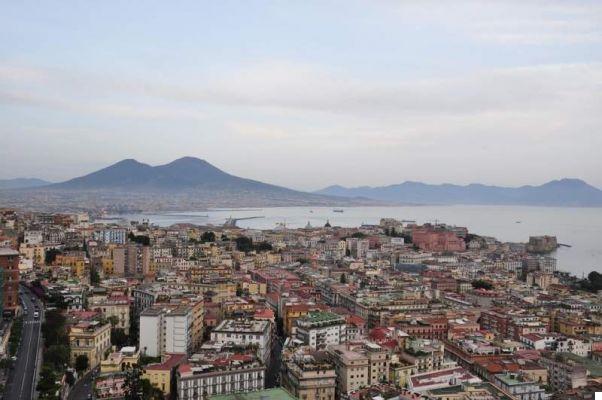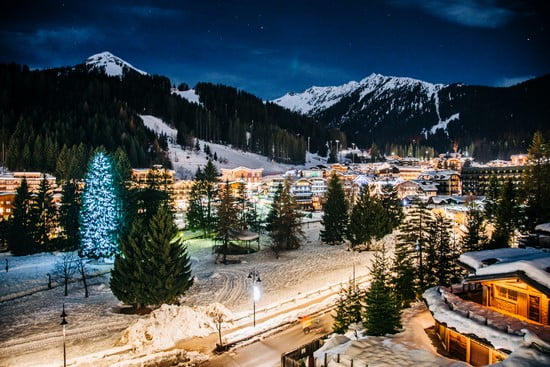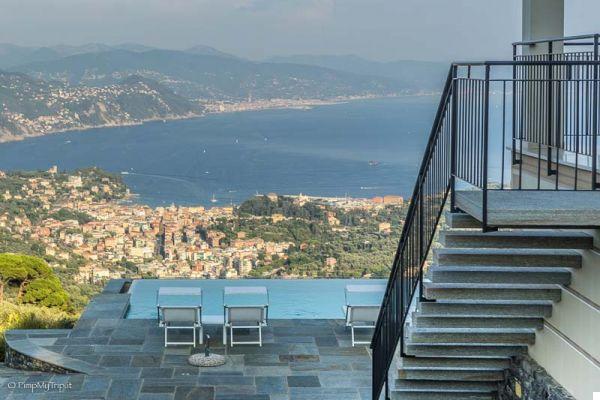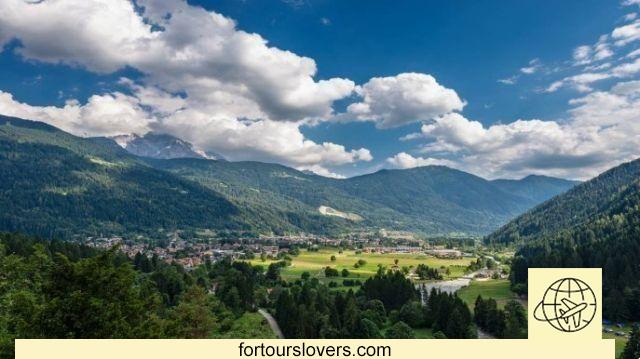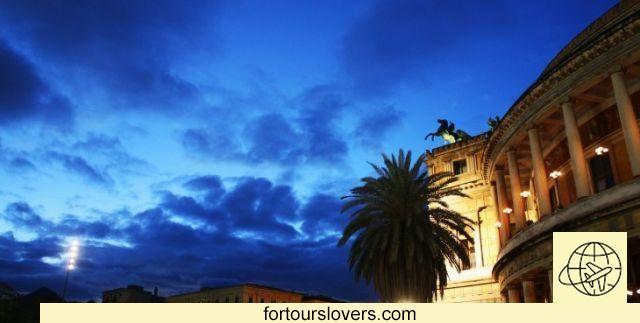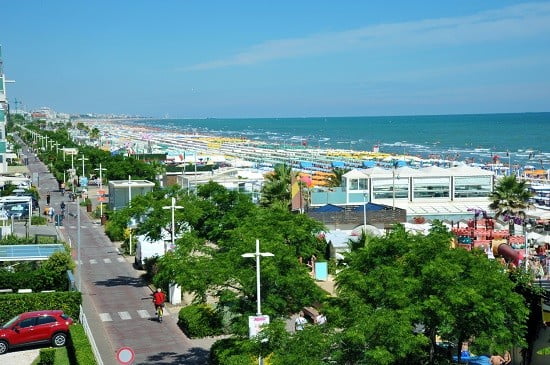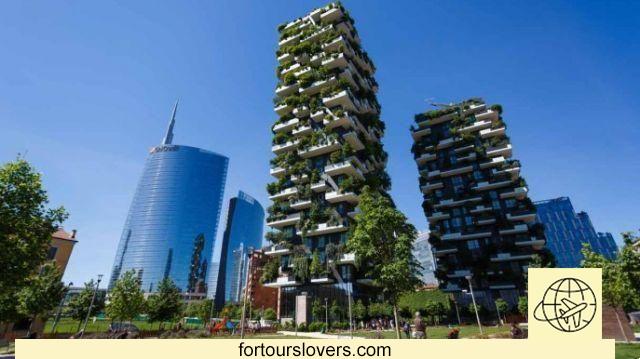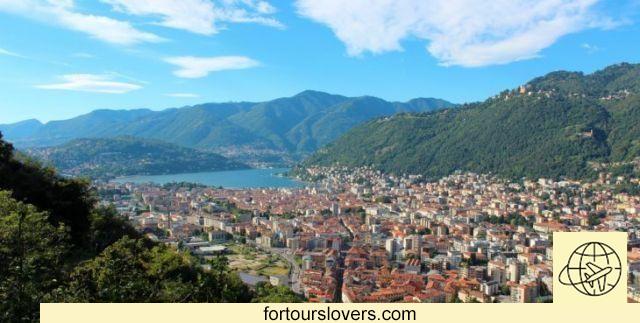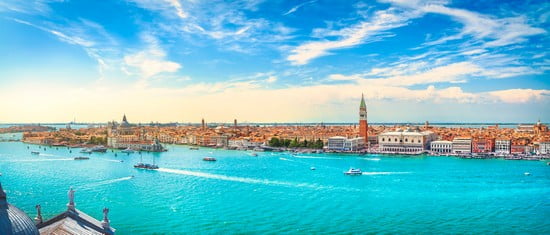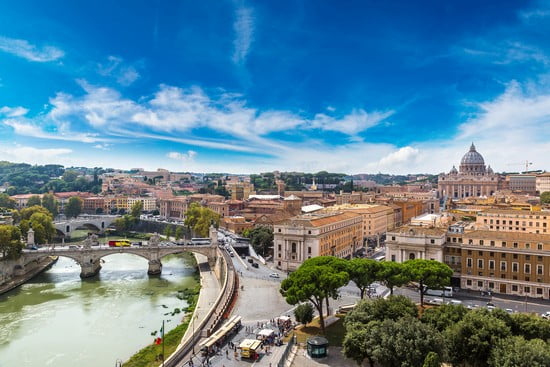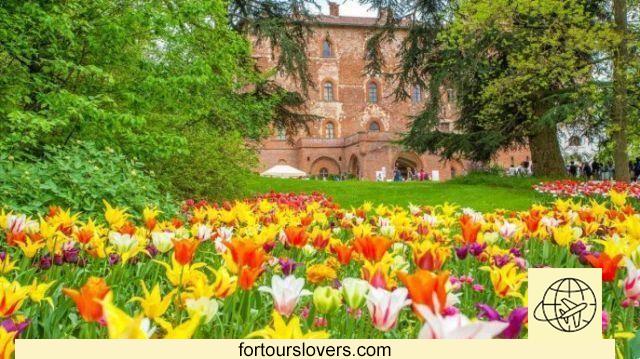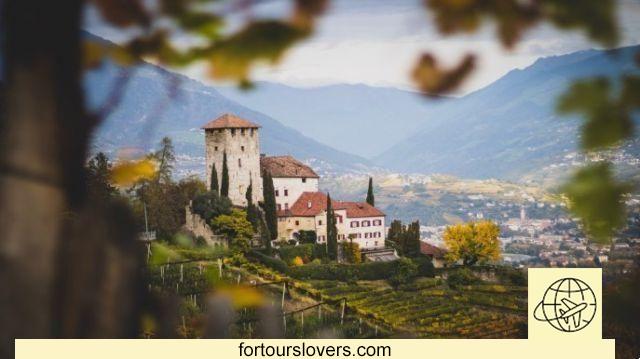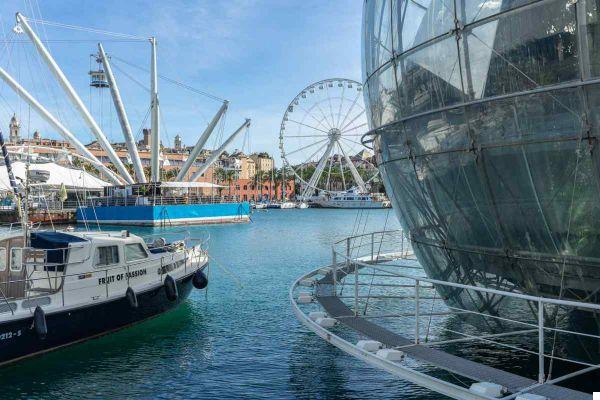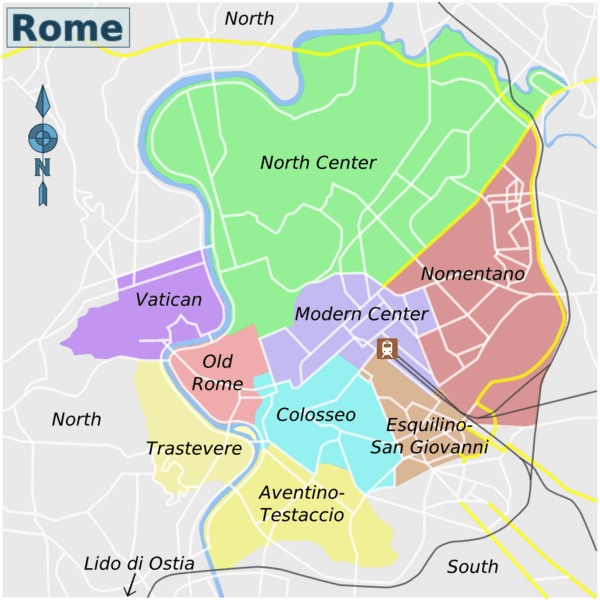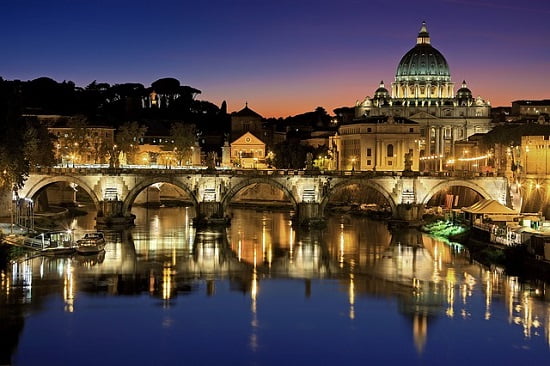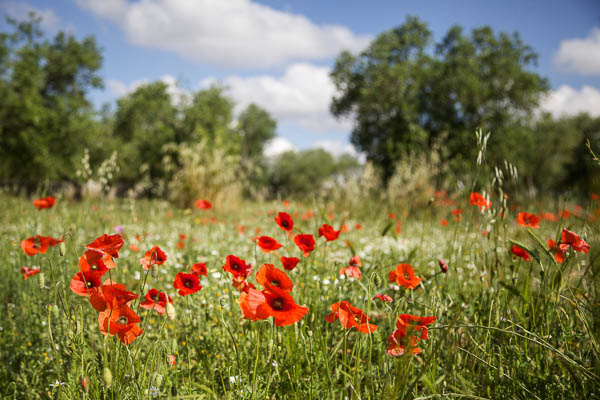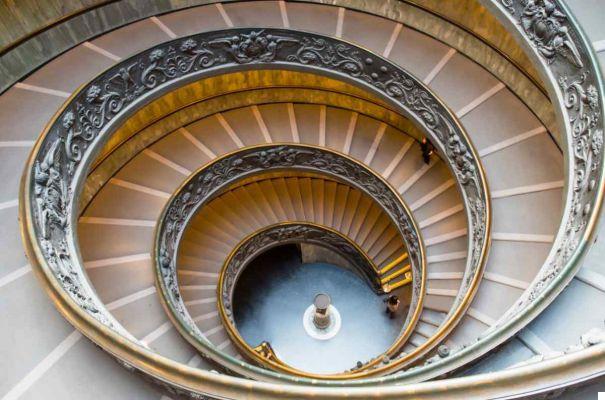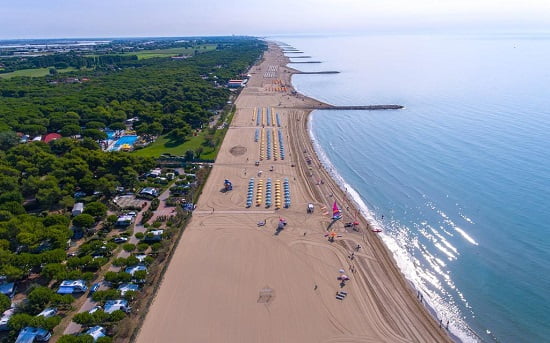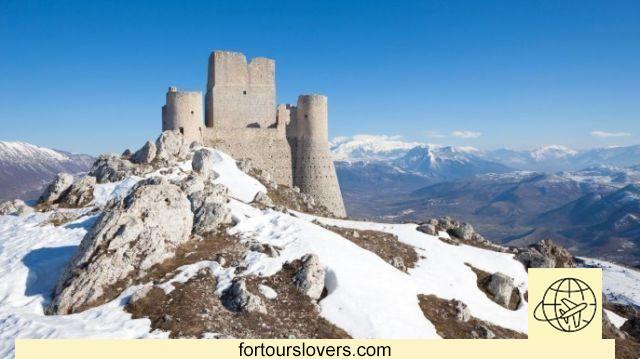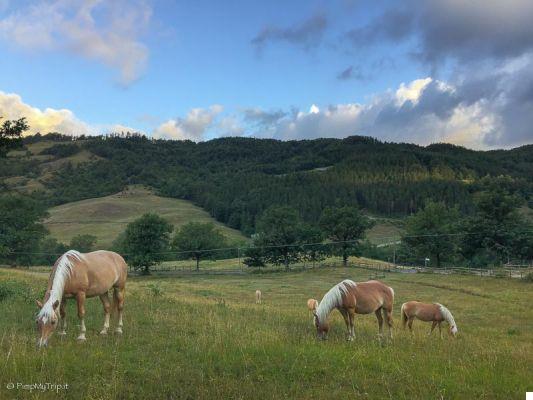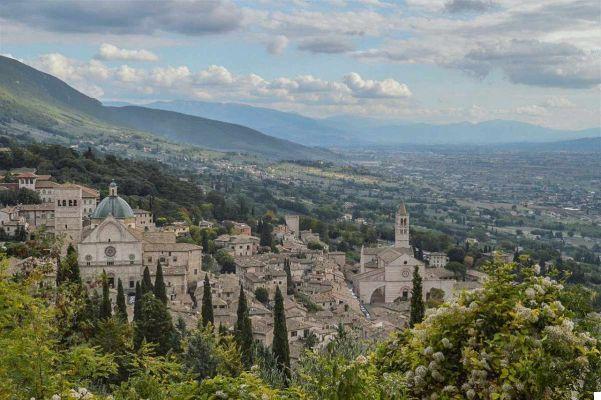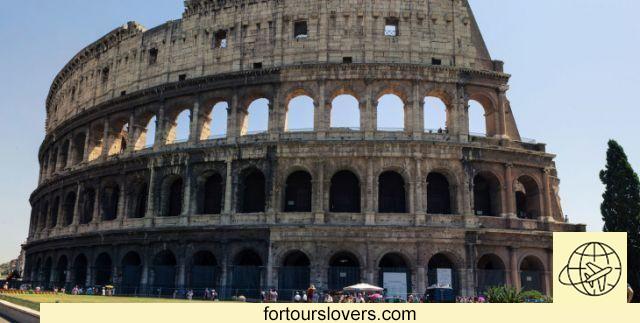
Rome
11 things to do and see in Rome and 3 not to doFor better or worse, we all know the history of Rome, or at least we have heard about it several times. Finally, the director Paolo Sorrentino took care of it with “La Grande Bellezza” to show the wonders of the capital of Italy to the whole world. Rome, the Eternal City, is so rich in history, art, culture, traditions, gastronomy that making a list of things to do inevitably makes it wrong. And yet, given that for Italians - not just for them - visiting Rome at least once in their life is mandatory, some suggestions to avoid wandering around in circles are certainly useful, although not exhaustive.
1 Colosseum
First stop the Colosseum or, as it would be correct to call it, the Flavian Amphitheater (Amphitheatrum Flavium). It is the largest amphitheater in the world with an estimated capacity of between 50.000 and 75.000 spectators. Its construction began under Vespasian (Cesare Vespasiano Augusto) in 72 AD, even if it was his son Tito who celebrated in 80, eight years later, and one year after his father's death, the end of the works. In ancient times it was used as an arena for gladiator shows and for the re-enactment of mythical events related to the foundation of the city. After the sixth century, however, it was even used as a quarry, only to return to being one of the most visited monuments in the world. Second, it seems, only at the Great Wall of China.
Closed on January 1st, May 1st and December 25th, the Colosseum respects the following times:
Autumn winter
>> from the last Sunday of October to February 15: last admission 15.30pm with exit 16.30pm;
>> from February 16th to March 15th: last admission 16.00 pm with exit 17.00 pm;
>> from March 16 to the last Saturday of March: last admission 16.30pm with exit 17.30pm
Spring Summer
>> from the last Sunday of March to August 31: last admission 18.15pm with exit 19.15pm;
>> from 1st September to 30th September: last admission 18.00 pm with exit 19.00 pm;
>> from 1 October to the last Saturday of October: last admission 17.30pm with exit 18.30pm
The ticket, which can also be purchased at the ticket offices on the Palatine Hill (Via di San Gregorio n.30
or Piazza Santa Maria Nova 53, 200 meters from the Colosseum), includes the entrance to the
Palatine Hill and the Roman Forum.
full: 12,00 € uro
Reduced: € 7,50, for citizens of the European Union between 18 and 24 years and for teachers from the European Union;
Free: visitors under the age of 18.
2 Roman Forum
The Roman Forum was the most important religious, commercial and judicial center of the city. It was the Emperor Augustus who transformed the Palatine into the official seat of power, giving way to the construction of those imperial palaces which were then enlarged and restructured by Nero, Domitian and the others who followed. Today it is possible to visit the remains of the ancient Piazza del Foro while on weekdays, in the morning, it is also possible to visit the interior of the Curia.
Closed on January 1st, May 1st and December 25th
Autumn winter
>> from the last Sunday of October to February 15: last admission 15.30pm with exit 16.30pm;
>> from February 16th to March 15th: last admission 16.00 pm with exit 17.00 pm;
>> from March 16 to the last Saturday of March: last admission 16.30pm with exit 17.30pm
Spring Summer
>> from the last Sunday of March to August 31: last admission 18.15pm with exit 19.15pm;
>> from 1st September to 30th September: last admission 18.00 pm with exit 19.00 pm;
>> from 1 October to the last Saturday of October: last admission 17.30pm with exit 18.30pm
tickets
(Ticket offices: Piazza del Colosseo (at the foot of the temple of Venus and Roma L.go Salara
Old Via di San Gregorio, 30)
Colosseum / Palatine Hill / Roman Forum: full single ticket € uro 12,00
Reduced € 7,50 for citizens of the European Union between 18 and 24 years and for teachers from the European Union;
Free: visitors under the age of 18.
3 St. Peter's Basilica
The heart of the Catholic Church, the seat of the pope, the most important of the 5 “Basilicae maiores” (the others are San Giovanni in Laterano, Santa Maria Maggiore, San Paolo and San Lorenzo). Clearly they should all be visited but, in the impossibility of doing so, San Pietro remains an indispensable stop regardless of religious denomination. The live view of Michelangelo's dome and Bernini's colonnade that delimits the square are experiences that leave an indelible mark. A trace of beauty and majesty that, on closer inspection, pervades the entire historic center of the city.
Vatican Papal Basilica (access is allowed to people with decent clothing appropriate to the sacred place)
Wintry (1 October 31 March)
>> 07.00 18.30
Summer (1 April 30 September)
>> 07.00 19.00
Dome
Wintry (1 October 31 March)
>> 08.00 17.00
Summer (1 April 30 September)
>> 08.00 19.00
Lift to the terrace (continue on foot for 320 steps)
Ticket 8.00 € uro
Ascent on foot (551 steps)
Ticket 6.00 € uro
Reductions for schools, a certificate from the Institute with the list of participants must be presented at the cash desk)
Reduced 4.00 € uro
4 Trevi Fountain
The most beautiful fountain in the world and, thanks to the legendary scene de “La Dolce Vita” with Anita Ekberg, even the most famous. In truth, he also contributed a lot to the notoriety of the monument Toto with his attempt to sell the fountain to an unsuspecting Italian American tourist. The hilarious gag is part of the film "Totòtruffa 62"shortly after, therefore, La Dolce Vita by Fellini. Examples that show the enormous potential of the film tourism even if, better to specify, it is strictly forbidden to swim in the Trevi fountain (with the exception of Anita Ekberg) nor, even less, is it for sale (unless Prince De Curtis tries it). What you can do, and everyone does, is throw a dime. The ritual, clearly auspicious, also has a social purpose: every day, in fact, employees of the municipality collect the coins which are then destined by the body for charitable activities. The fountain was built between 1730 and 1740 by the architect Nicola Salvi, winner of a competition specifically organized by Pope Clement XII. A breathtaking work of art, with so many details that it is difficult to grasp them all. In the center, a beautiful statue of Oceano driving a shell-shaped chariot pulled by a pair of horses.
5 Pantheon
From the XNUMXth century a Catholic church with the name of "Santa Maria ad Martyres", the Pantheon is a building of ancient Rome, dedicated to all the gods (Pan all Theon divinity). The Romans call it in dialect “la Ritonna” (“la Rotonda”), in homage to the name of the square in which it stands. Among the personalities buried in the Pantheon, the kings of Italy Umberto I, Vittorio Emanuele II and the queen Margherita di Savoia. The building, one of the minor basilicas of the city of Rome, can be visited every day (free admission), unless you run into a wedding or other official celebration. In which case, tourists are not allowed to enter.
6 Vatican Museums
Thirteen museums (Pio Clementino, Chiaramonti, Gregoriano Etrusco, Gregoriano Egizio, Gregoriano Profano, Pio Cristiano, Ethnological Missionary, Collection of Modern Religious Art, Superior Galleries, Vatican Library, Pinacoteca, Sistine Chapel) which are accessed by a comfortable entrance made in 2000 on the occasion of the Jubilee wanted by Pope John Paul II. Entrance which is itself a work of art, with the addition of a wide range of services to make the visit as comfortable as possible (security checks, cloakroom, information offices, guided tours, ticket offices, currency exchange, bookshop , nursery, first aid). Needless to say, you can't see everything in one day. I therefore recommend that you have at least a little clear ideas before entering. Separate discussion, the Sistine Chapel. Whatever the path chosen, it can only include this treasure of humanity wanted by Sixtus IV. And maybe, as you look up at Michelangelo Buonarroti's frescoes, try to imagine the atmosphere that reigns during the Conclave for the election of the pontiff (in fact, since 1878, the Sistine Chapel has been the permanent seat of every conclave).
Entrance:
Viale Vaticano, 00165
Opening time, from Monday to Saturday:
>> entry at 9:00 to 16:00
>> closing at 18:00 (exit from the halls half an hour before closing)
Closing day, Sunday
>> except for the last of each month (free admission 9:00 12:30 Closing 14:00),
provided it does not coincide with Holy Easter, June 29 (Saints Peter and Paul), 25 or 26
December (Christmas or Boxing Day)
Other closing days: 1, 6 January; 11, 22 February; 19, 28 March; August 15; November 1; December 8.
full 16,00 € uro
Reduced 8,00 € uro
Special Schools 4,00 € uro
7 Campidoglio - Capitoline Museums
Since ancient times, the fulcrum of Rome's political activities, Mount Capitolino this, the real name of the Campidoglio is one of the 7 hills that make up the city (Aventino, Campidoglio, Celio, Esquilino, Palatino, Quirinale, Viminale). Going up from the below Arcocoeli Square amazement gradually gives way to wonder. First the "Cordonata", a sloping street similar to a staircase designed by the great Michelangelo Buonarroti on behalf of Pope Paul III; then the square with the "twins" Palazzo dei Conservatori e New Palace; finally the Palazzo Senatorio which, in addition to being, together with the two aforementioned, the headquarters of the Capitoline Museums, houses the offices of the Mayor and the council chamber of the municipality of Rome. A tip: the view from the bell tower of Palazzo Senatorio. Indescribable.
Hours Capitoline Museums Piazza del Campidoglio
>> Every day 9.30-19.30
>> 24 and 31 December 9.30
The ticket office closes an hour earlier
Closing days 1st January, 1st May, 25th December
8 Spanish Steps
Piazza di Spagna cannot be taken out of any tourist itinerary in Rome. So called due to the presence, on the southern side, of theSpanish Embassy to the Holy See, Piazza di Spagna is the center of the cultural and tourist life of Rome. Elegance has always been its signature: from the ocher-colored facades of the buildings, passing through the steps of Trinità dei Monti, to the "Barcaccia”, The fountain sculpted by Pietro Bernini. In short, Piazza di Spagna, at the foot of the Pincio hill, is a magical place, not surprisingly chosen by the best fashion brands that have opened their respective shops all around.
9 Cinecittà
Rome is also above all cinema. We saw it with “La Grande Bellezza” Oscar-winning film by Paolo Sorrentino; we have seen it on many other occasions thanks, in particular
way, to a director like Federico Fellini. It is no coincidence, therefore, that one of the permanent exhibitions set up at Cinecittà is dedicated to the Rimini director, author of “La Dolce Vita”, “I Vitelloni”, “Amarcord” and other unforgettable films. It is not necessary to be an expert or a film enthusiast to visit the sets, exhibitions and open spaces of this enormous “dream factory”, a priceless heritage of Italian culture.
Cinecittà is open every day (except Tuesdays), from 9.30 to 18.30
Ticket office closes at 17.00 pm
Closures
Every Tuesday
24 25 and December
!
Full ticket: € uro 10,00 (€ uro 20,00 + guided tour)
Discounts available for families and under 25.
Free admission for children under 5.
10 Piazza Navona
It is the bohemian square of the city, crowded with painters, portraitists and street artists; it is also the square of Christmas markets, and the one where the Romans celebrate theEpiphany. Most of all, Piazza Navona is a beautiful place, especially in the evening with the outdoor bars full of tourists and residents sitting at the tables. The square extends over the ancient "Circus Agonalis", the stadium built by Domitian for the contest of athletics games. It is no coincidence that the topos “Navona” recalls the Latin term “agones” even if, starting from the 1630th century, the urban layout has been completely modified. To be precise, from XNUMX, the year in which Cardinal Giovanni Battista Pamphilj, who became pope fourteen years later with the name of Innocenzo X, had a building built on an area where other family properties fell. We are talking about Villa Pamphilj since 1961 owned by Brazil which has its embassy in Italy here. Also worth seeing is the church of Sant'Agnese in Agone and the three fountains that decorate the square: la fountain of the Four Rivers and Fontana del Moro, both made by Bernini, and the Fountain of Neptune, depicting the deity intent on fighting a sea monster.
11 Mouth of Truth
Hundreds, sometimes thousands, of people line up every day to have their hand photographed Horse's Mouth beside the church of Santa Maria in Cosmedin, in the homonymous square (Piazza della Bocca della Verità). The tradition has medieval origins when it was customary to lead the suspects in front of this large stone, a screaming faun's head, and have them put their hand in their mouth. If innocent, nothing happened; on the contrary, if the suspect was found guilty, another hand, well hidden behind the stone, would cleanly cut that of the offender. The myth of the mouth of truth was built on this bloody custom, which is then nothing more than a manhole (yes, you read that right!) Of an Ancient Rome sewer. Perhaps, it would be worth visiting the church and letting go of the Mouth of Truth, the fact is that most do the opposite. You decide.
1 Dress appropriately to visit churches and museums
St. Peter's Basilica, but also all the other churches, are not places where you can enter low-cut, in a tank top or with a pair of shorts. The fact that it is hot in the summer in Rome is not a valid reason. Warned.
2 Don't bathe in the fountains
Unfortunately it happens and it is never a pretty sight. Also here. The summer heat cannot be a pretext for contravening an elementary rule of civilization, not to mention that it is one of the things that most angers the traffic police on duty. Rome deserves respect.
3 Pay attention to the tourist menus
Watch out for the so-called "Tourist traps". Menu at bargain prices in which, however, the cost of the is not specified wine, the service and others extra which is noticeable only at the time of the bill. So be careful, but don't bandage your head. It is enough to set the record straight in time and unpleasant misunderstandings are avoided.




